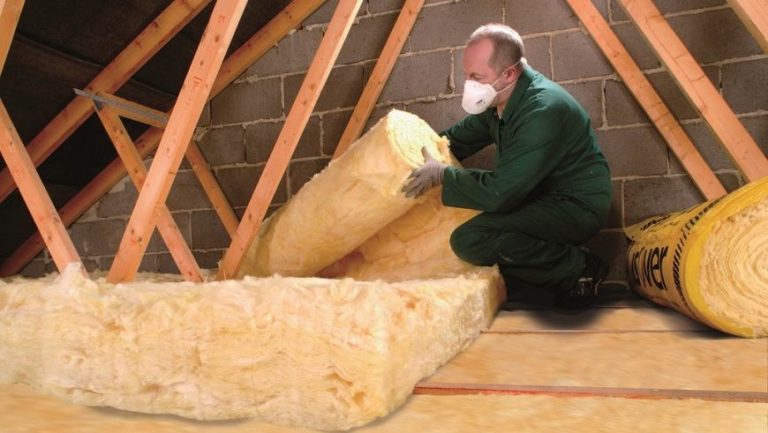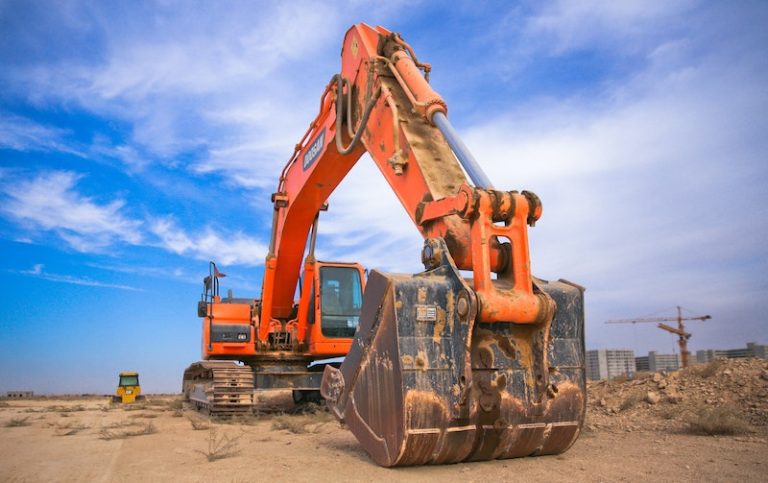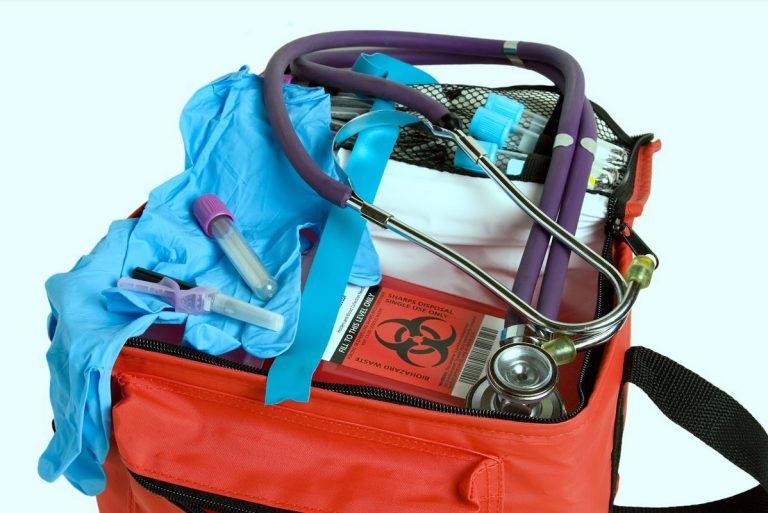Today’s business environment is a mix of complex and dynamic processes, to make businesses function in the way that they should. Nowadays, businesses are under so much pressure to deliver and to compete. To achieve such things, behind the scenes, there’s a lot that has to be done to ensure the customization of products, meet customers’ requirements, and be flexible, to name a few. Fortunately, technology is also present to make those functions more doable and achievable. One of those advancements in technology is what’s known as RFID, or radio frequency identification. In a nutshell, this refers to a wireless system that’s made out of two main components, the readers and the tags. The reader has one or two antennas responsible for emitting the radio waves and signals back from the RFID tag. What are the benefits of adopting and utilizing RFID technology for maintenance management? This article lists them all down. It Offers Top-Notch Speed And Convenience The speed of work that RFID technology can do in your maintenance systems and processes can’t be denied. It can work automatically and scan multiple tags in milliseconds. In the past, a more manual system may have been used, resulting in effects working less quickly. There’s time wasted from the starting point of aligning the reader and the code exactly to scan the subject materials effectively. Now, with RFID, this process is sped up. There’s that convenience factor wherein information can be passed on speedily, all through the simple act of scanning codes. Moreover, cashless transactions and records spent during every maintenance session or date are also properly accounted for and recorded. It May Improve The Transparency And Quality Of Data Across The Supply Chain Second, having that automated system can also significantly improve the transparency and quality of data through the whole maintenance department. Having accurate data that are also easily accessible can help solve a multitude of inefficiencies in the maintenance management. Because data are now more accurate, this means that repairs and maintenance can be achieved and done in a timelier manner. No time is wasted whenever there’s work that needs to be done. Moreover, the highest levels of reliability and availability are also achieved. It Helps Increase Operational Efficiency Good maintenance management of your machinery and equipment is crucial to operational efficiency. With RFID, this operational efficiency can be successfully achieved for the reason that there’s less monitoring required through the automated advancements brought in by RFID. Because less monitoring is needed, employees will have more time to spend on other more productive tasks. More work can be done at a lesser time frame, making it a much more effective and efficient solution for many businesses. Moreover, with RFID, the need to have a direct line of sight to read the tags may not necessarily be required. This means that multiple tags can be read in one go. In fact, depending on the kind of RFID system that you have, you can even set it up such that it can automatically read tag data whenever it’s needed to. It Eliminates The Risk Of Human Error No matter how skilled your team members are, the risk of committing human error will always be there. This fact is even truer when you have team members who are overworked, or if each one of them has so many functions they need to perform at any given day. Eventually, they’re bound to make a few lapses and mistakes here and there. With automation through RFID, that likelihood of error can be significantly reduced. In fact, to read the data that an RFID scans, little to no human intervention is necessary. The most that a human being would do is simply operate the RFID machine for it to read the data. This benefit alone is sufficient to show how the benefits of having a RFID system in place outweigh the costs. The errors that come with manual logging may be significantly lower. It’s Easier To Implement Flexible Maintenance Process Fifth, automation makes it significantly easier to implement a flexible maintenance process. Staying competitive means that businesses are also required to be flexible with changes in their maintenance systems. If, one day, your business discovers that there’s a new and better way to maintain the upkeep of your equipment, then your business has to adapt. The more flexible, the better. However, if you’re stuck with manual processes, it’ll be extra challenging to be flexible, as the necessary adjustments to be made will be significantly bigger. Automation will make it a lot easier to switch to any other mode of maintenance, depending on what’s needed by your business. Conclusion Radio frequency is an automatic ID system. You can liken it to that of a barcode or magnetic strip on a credit card, wherein a unique code is read by a scanning device. Compared to other types of ID systems, however, RFID uses radio waves to communicate with the device reading it. As you can see, there are numerous benefits to using this type of technology in your maintenance management. Like any other technology, however, it does have its limitations as well. To balance those out and enjoy more of the advantages than the drawbacks, be sure you’re choosing a good RFID system.














